The Paria Canyon-Vermilion Cliffs Wilderness is a 455 km2 wilderness area located in northern Arizona and southern Utah, USA, within the arid Colorado Plateau region. The wilderness is composed of broad plateaus, tall escarpments, and deep canyons. The Paria River flows through the wilderness before joining the Colorado River at Lee’s Ferry, Arizona.
The U.S. Congress designated the wilderness area in 1984 and it was largely incorporated into the new Vermilion Cliffs National Monument proclaimed in 2000 by executive order of President Bill Clinton.
Both the wilderness area and the National Monument are administered by the federal Bureau of Land Management.
The Colorado Plateau and its river basins are of immense value in the Earth sciences, specifically chronostratigraphy, as the region contains multiple terrain features exposing miles-thick contiguous rock columns geologists and paleobiologists use as reference strata of the geologic record.
Internationally known for its beauty, the Paria Canyon has towering walls streaked with desert varnish, huge red rock amphitheaters, sandstone arches, wooded terraces, and hanging gardens. The 1 000 meter high escarpment known as the Vermilion Cliffs dominates the remainder of the wilderness with its thick Navajo sandstone face, steep, boulder-strewn slopes, rugged arroyos and stark overall appearance. Some of the best slot canyon hiking opportunities on the Colorado Plateau are found here. Deer and desert bighorn sheep inhabit the area.
The wilderness also provides opportunities for backpacking, photography, and solitude. In the northwest portion of the wilderness lies Coyote Buttes, an area of spectacular scenery displaying domes, aprons, fins, corridors, and a variety of small fragile rock sculptures carved in colorful swirling cross bedded sandstone. The variety of colors and textures in the rock formations within the wilderness constantly change with variations in light and weather. This colorful sandstone area creates a feeling of wonder and amazement.
Within Coyote Buttes lies the Wave – a sandstone rock formation famous among hikers and photographers for its colorful, undulating forms, and the rugged, trackless hike required to reach it. Hugo Martin from the Los Angeles Times said, “You can’t call yourself a landscape photographer if you haven’t snapped a photo or two of the Wave”. Unfortunately access to the Wave is limited to only 20 persons a day drawn in a lottery.
Sources:
Wikipedia
Bureau of Land Management

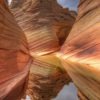
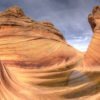
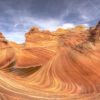
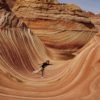
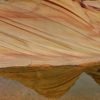
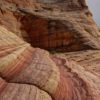
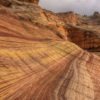
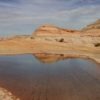


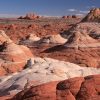


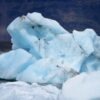
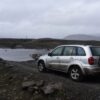
2 COMMENTS
Great blog from that which I’ve looked at already. My name’s Elijah and I’m very glad to view your site. In fact, I’d love to get in contact with you.
Will you make sure you drop me a e-mai?
Oprocz The Wave, kanion znany jest takze z okazalych amfiteatrow z czerwonej skaly, skalnych lukow, piaskowcowych kolumn i polek, tarasow wodnych czy “wiszacych ogrodow”.